
As winter nears, millions of Americans are preparing for a tough season. This year, heating bills are climbing fast, meaning many families will pay an average of nearly $1,000 to keep warm.
Low-income families have it worst, sometimes spending over 20% of their income on heat and energy.
For people already tightening their budgets, this winter’s high energy prices could mean choosing between heating their homes and paying for other critical needs like food or medicine.
It’s a stressful time, especially for those living paycheck to paycheck.
Rising Rates
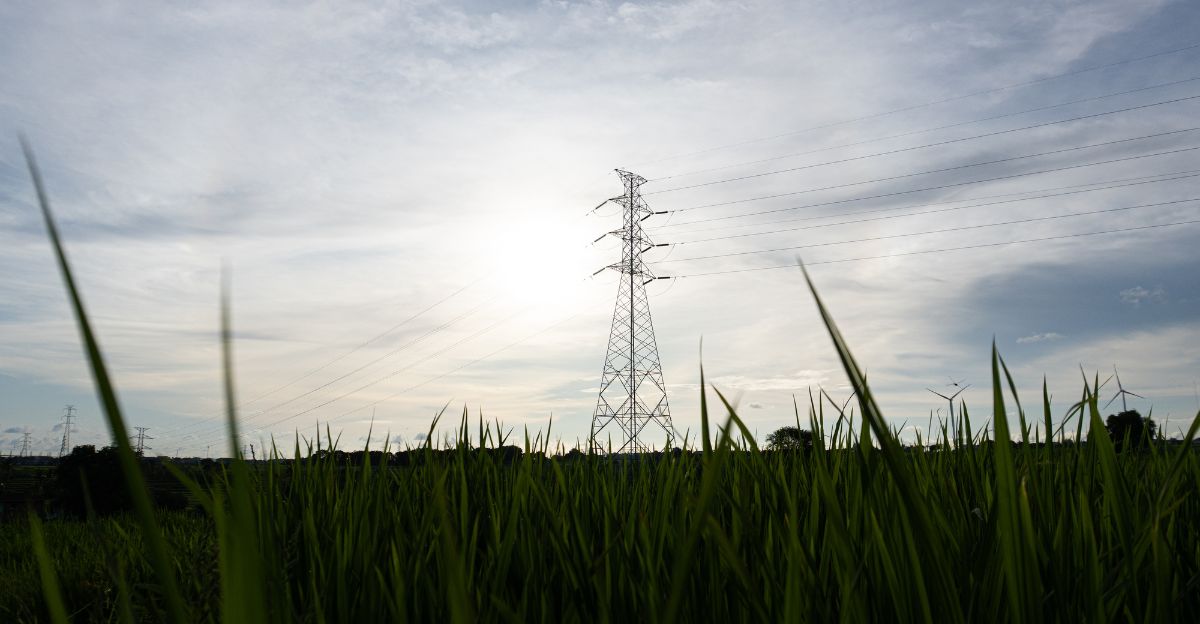
Electricity prices are rising even faster than inflation. If your home uses electric heat, you may see your winter bill jump by more than 10%, to roughly $1,200 for the season.
That’s bad news for 56 million households that rely primarily on electricity. If you use natural gas, your bill will rise by an average of 8.4%, which means about $693 for the season.
These bumps come from a mix of reasons: utilities are upgrading old equipment, there’s more demand because of new things like AI data centers, and over 100 utilities nationwide have increased rates in the past year.
Geographic Impact

Where you live also changes how much your bill goes up. In the Midwest and Northeast states with the coldest winters, people using gas could see their bills jump more than 16%.
In the South, rate hikes could top 21%. For example, in North Dakota, almost half of homes use gas, and over one-third use electric heating.
The poorest North Dakotans, especially those making under $30,000 a year, face much higher bills than they earn, sometimes giving up other basics to pay for warmth.
Federal Response
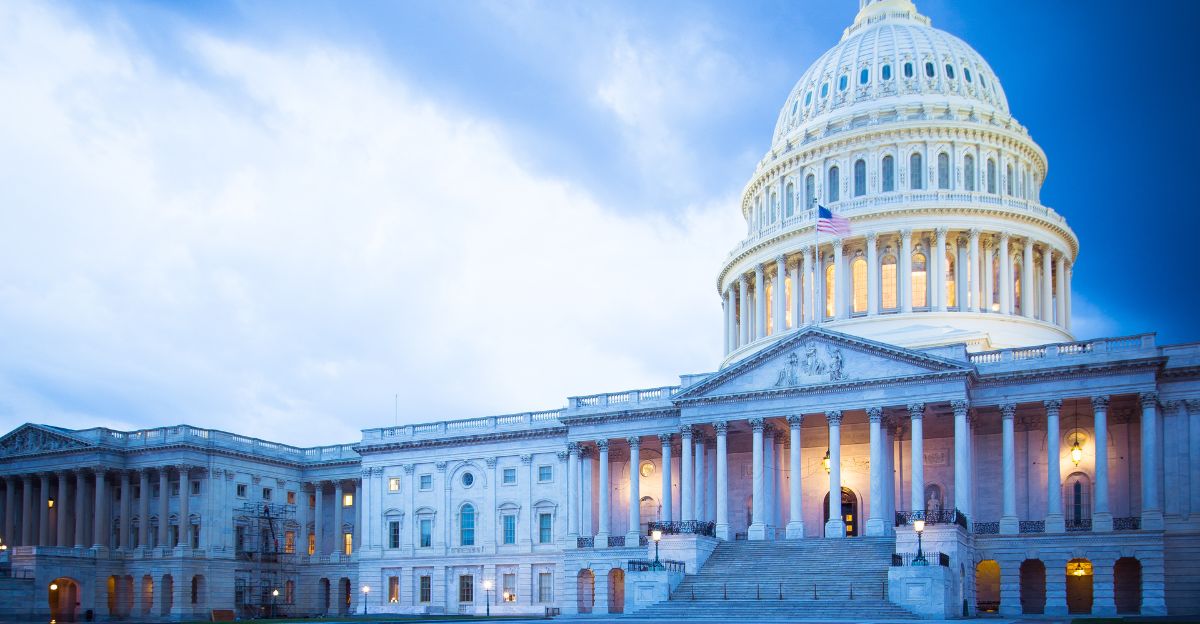
While heating bills soar, federal financial help for energy is stuck at about $4.1 billion, the same as the last two years.
Lawmakers in Congress are not likely to raise this in 2026, even though more people need help. The main national program serves about 6.7 million households annually.
But now things are shaky: earlier this year, the entire federal LIHEAP staff was dismissed, making the program’s stability a genuine concern at the worst possible time.
North Dakota’s Solution

North Dakota is making significant changes to help families pay heating bills. Starting in October, the state’s LIHEAP program sends up to $1,100 to each qualifying household.
What’s new? If you got help last year, you don’t have to reapply! You are automatically signed up again, making it easier for anyone needing assistance to continue getting it.
The payments cover most of the long heating season, from October through May, ensuring families stay warm during the coldest months.
Human Impact
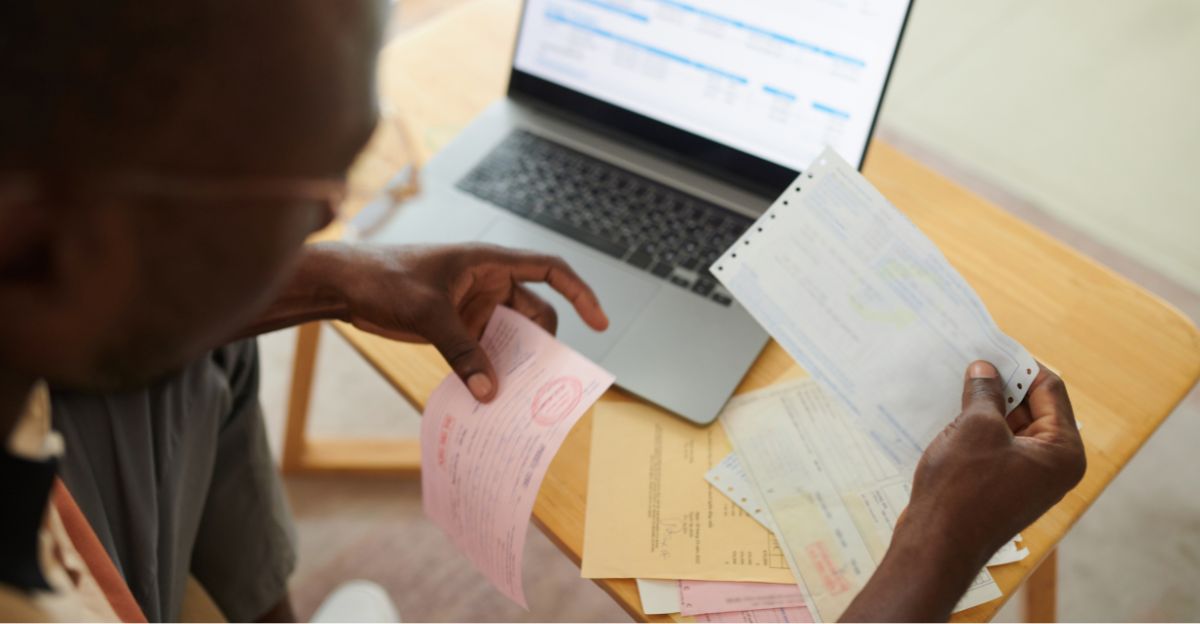
The numbers show just how much this help matters. Last winter, more than 12,500 North Dakota households received about $270 per month in aid.
The year before that, nearly 13,000 families received checks. But these aren’t just numbers, they’re real people, often older adults or those living with disabilities, who face impossible choices: heat or food, medicine or electricity?
Without this aid, many would have to live in freezing homes.
Vulnerable Demographics

LIHEAP focuses on helping the most vulnerable, especially seniors. Nationwide, 40% of those getting help are aged 60 or older.
In North Dakota last year, over 14,000 homes received heating aid, about 800 needed cooling help, and hundreds needed crisis or weatherproofing services.
For some, energy costs take up almost a quarter of their take-home pay. These households are likelier to fall behind on other bills or risk losing their homes if prices keep rising.
Economic Ripple Effects

When families spend so much on heat, they can’t spend as much on groceries, local stores, or medical care.
This hurts whole communities, especially rural towns where heating bills and long commutes already cost more.
During the winter, cold snaps push up energy use even more, taking an even bigger bite out of family budgets and local economies.
This cycle keeps families stuck in economic hardship all winter.
Health Consequences

Medical experts are worried about more than empty wallets. Living in a cold home can cause health problems, from breathing issues to heart issues and stress.
For seniors and kids, the risks are even worse. When homes aren’t warm enough, people get sicker, hospital visits increase, and chronic problems become more complicated.
Families forced to choose between heat and medicine often need more care, costing both families and the health system.
Automatic Enrollment Revolution
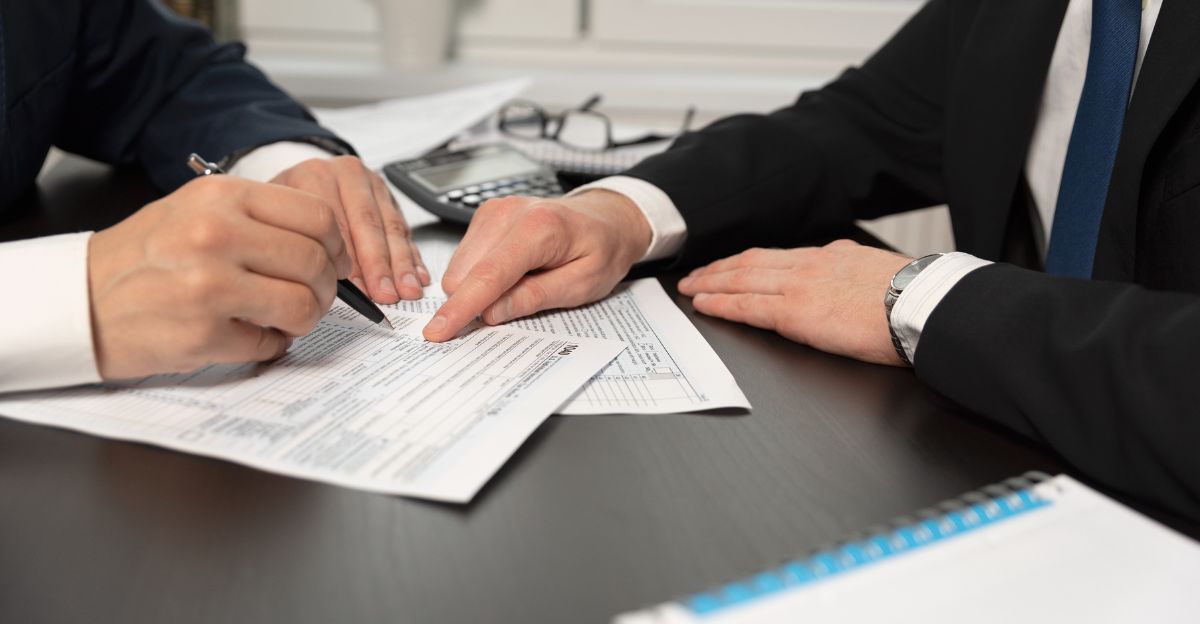
North Dakota’s most significant improvement is its new automatic enrollment, which means no more annual paperwork for those who already qualify.
This matters a lot because paperwork and confusing applications keep many eligible families from getting the help they need.
Now, if you qualified last year, you get help automatically, making the system far more user-friendly and ensuring that the most vulnerable don’t slip through the cracks.
Administrative Innovation
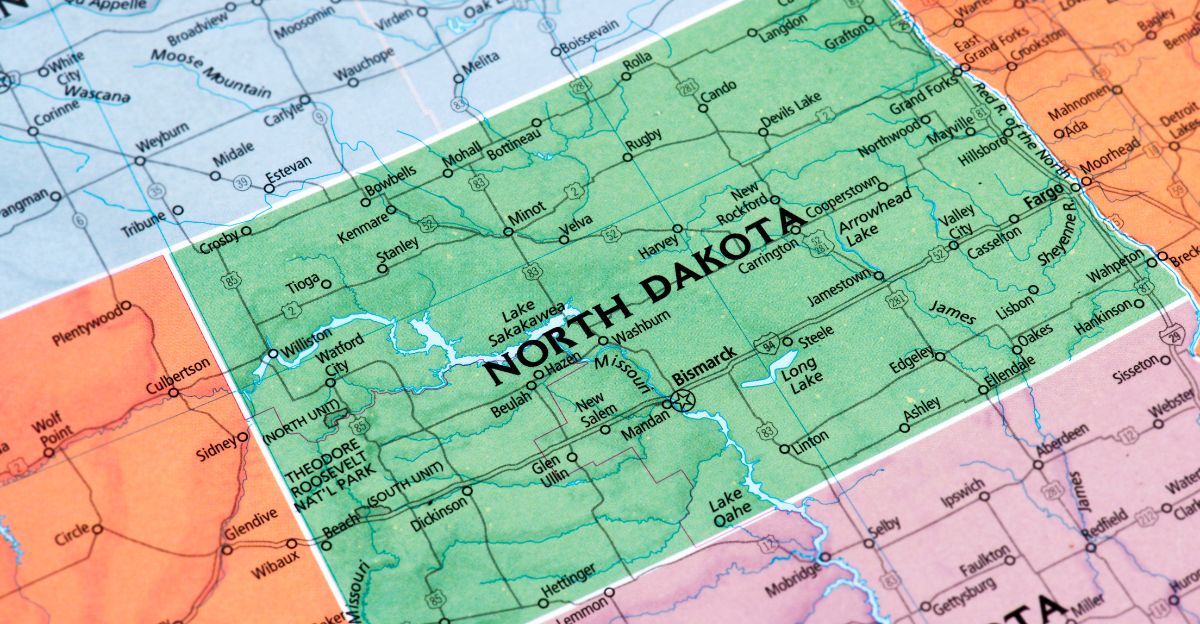
Changing from a once-a-year program to a year-round model is a significant shift.
Most states only worry about heating in the winter, leaving families to reapply each year, but North Dakota knows energy costs don’t stop in May.
Now, aid is available for cooling and emergencies, too, and families don’t risk losing help because they miss a paperwork deadline.
With over $23 million from federal funds, North Dakota shows other states how to stretch budgets by simplifying the process.
Eligibility Expansion

To ensure help goes to as many struggling families as possible, North Dakota bases aid on 60% of the median income, not just an ultra-low number.
As a result, a single person can earn up to $40,530 and still be eligible; for a family of four, it’s $77,958.
Even middle-class families sometimes need help with high utility bills.
Plus, the program works with tribal governments to ensure Native Americans on reservations also receive support.
Beyond Basic Assistance

North Dakota’s LIHEAP covers more than just paying bills. It also helps with furnace repairs, filter changes, and full replacements.
The program collaborates with agencies to provide weatherproofing, a key step for beating the cold and cutting future costs.
Emergency funds go to families facing utility shutoffs or broken equipment, while cooling aid helps families buy or fix air conditioners, ensuring people are safe in extreme weather all year.
Community Partnerships

None of these improvements would work without local partners.
Community Action Agencies help run the program, while energy companies make it easy to send benefits directly to where they’re needed.
Local shops and businesses supply heating fuel or reliable repair work, making the system fast and less bureaucratic.
Together, these groups ensure that families in remote or rural areas can get help quickly.
Future Sustainability
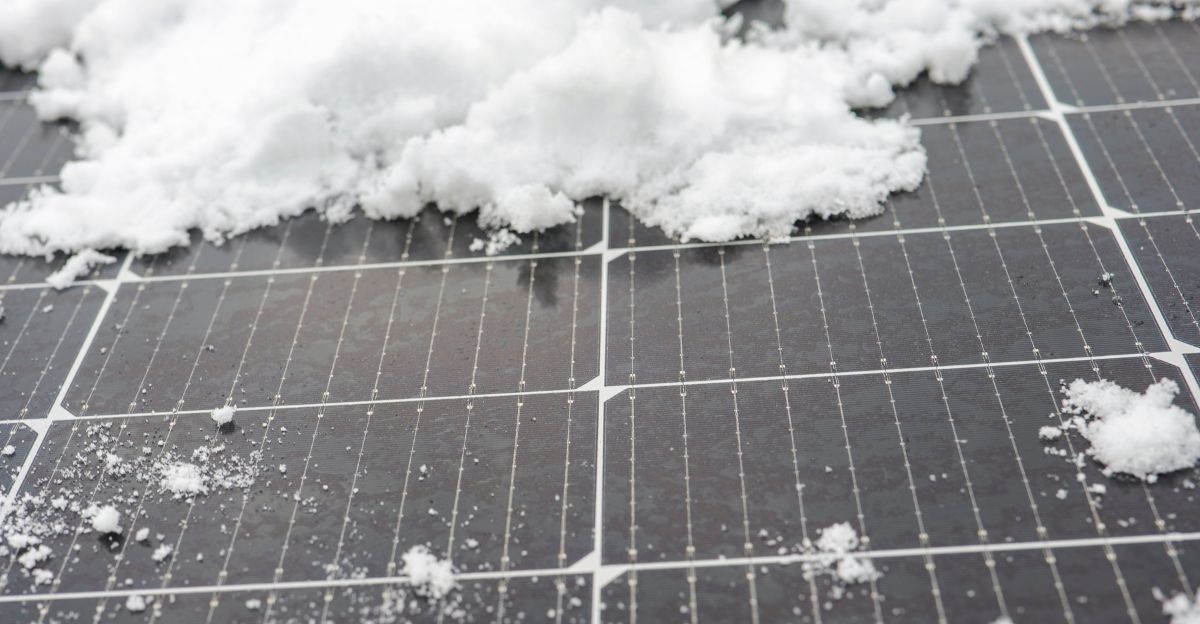
The future is uncertain. Energy prices keep rising, and climate change brings more extreme, hotter, colder, and unpredictable weather.
Right now, federal LIHEAP funding isn’t meeting the added need.
If Congress doesn’t invest more soon, more families will fall through the cracks.
States must use money smartly to keep up and push for bigger efficiency upgrades (like better insulation or new energy sources) so every dollar goes further.
Policy Developments

The future of LIHEAP is shaky: President Trump’s administration has proposed ending the program in 2026, though Congress has always saved it.
Many people, including senators and electric companies, see how important this help is for keeping families in their homes.
For now, states like North Dakota are thinking creatively by hunting for extra funds and focusing on making energy systems as efficient as possible.
Energy Industry Impact

Surprisingly, even the big utility companies want LIHEAP to stick around. It helps them keep customers reliable and pays down debts that otherwise would go unpaid.
This win-win relationship means electric and gas providers work closely with state agencies, making it easier to reach customers who need help the most.
Their support is one reason political leaders often back the program, no matter which party is in charge.
Public Awareness

Many families who qualify for help still don’t know about LIHEAP or think they won’t get approved.
State offices and charities are working hard to get the word out through social media, local events, church groups, and more.
The new automatic renewal in North Dakota helps even more by rolling over benefits for current users.
Still, much work is left to ensure no one goes cold because of paperwork or confusion.
Lessons from History
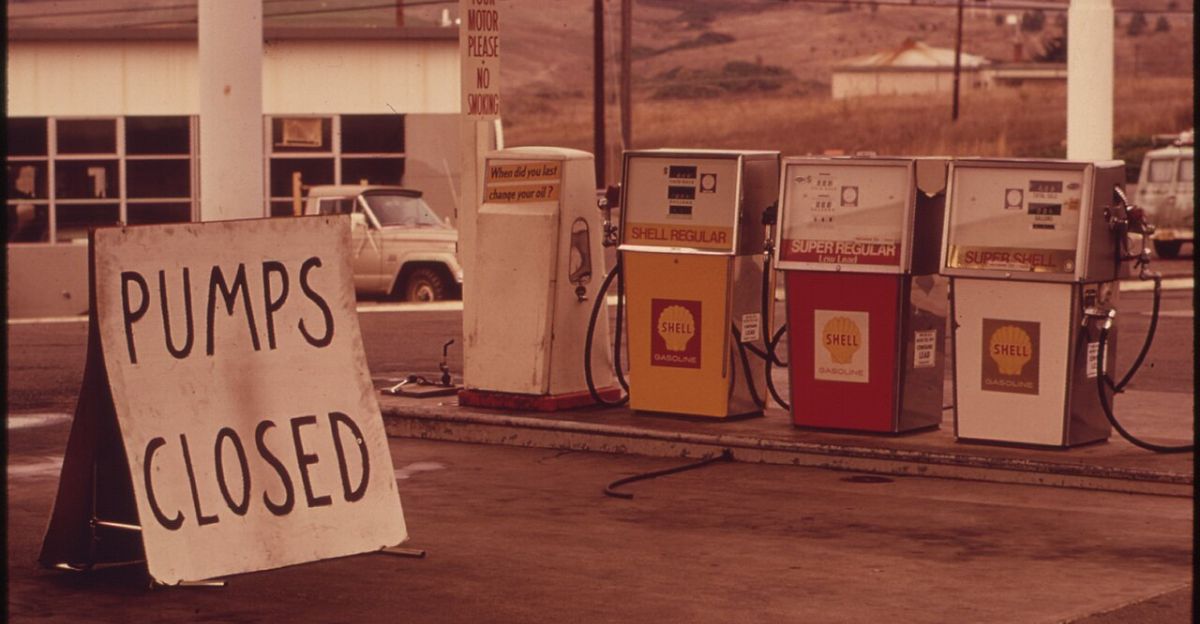
LIHEAP started in 1981, during another big energy crisis, and has fluctuated in funding ever since.
Politicians send more money when winters are harsh or the economy tanks; when things calm down, budgets get slim again.
The COVID-19 pandemic briefly doubled funds, but now things are returning to normal, even though today’s crisis looks just as serious as it did years ago.
Lasting Impact
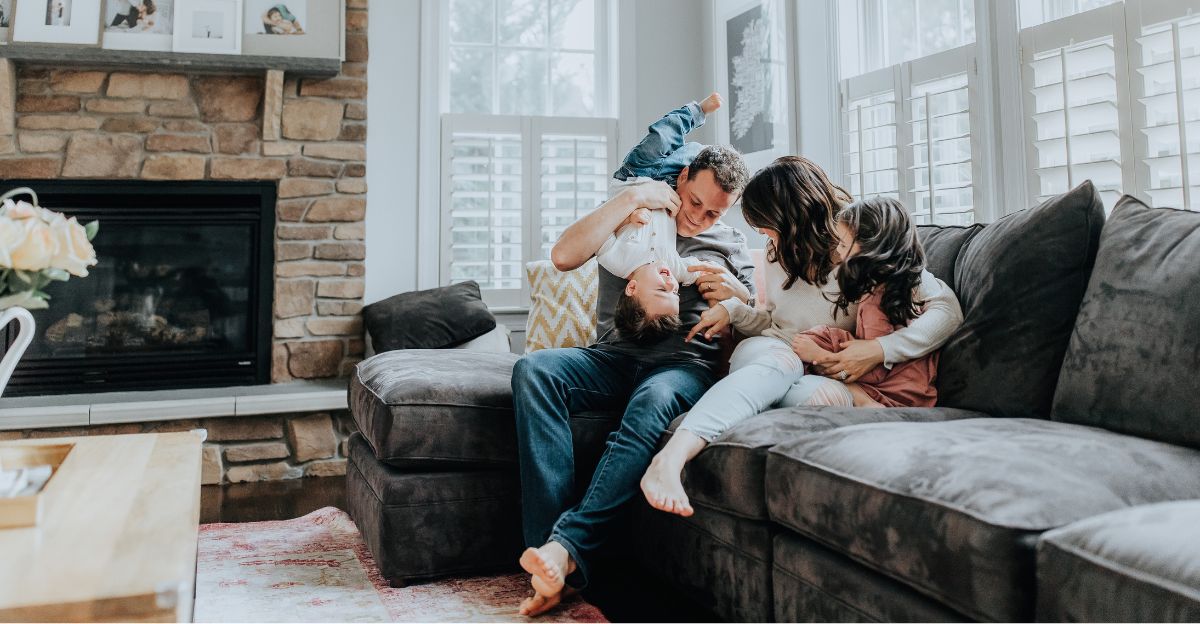
North Dakota’s changes are an example for the nation: with simpler applications, wider eligibility, and smarter spending, more families are kept safe and warm.
But the need for national support is evident.
Energy assistance isn’t just another social program; it’s a necessary infrastructure, as essential as safe roads and running water, especially as severe weather and rising prices make winters harder yearly.
The future depends on compassion and smart policy, so millions don’t have to choose between heat and hope this winter.